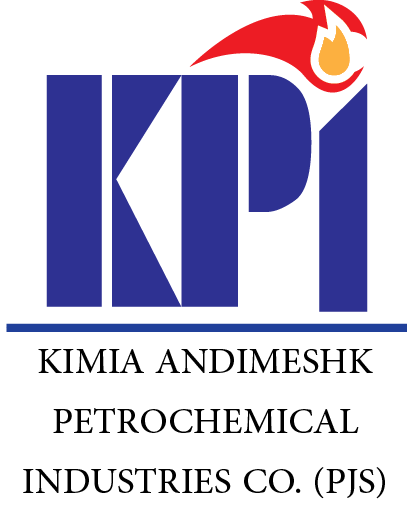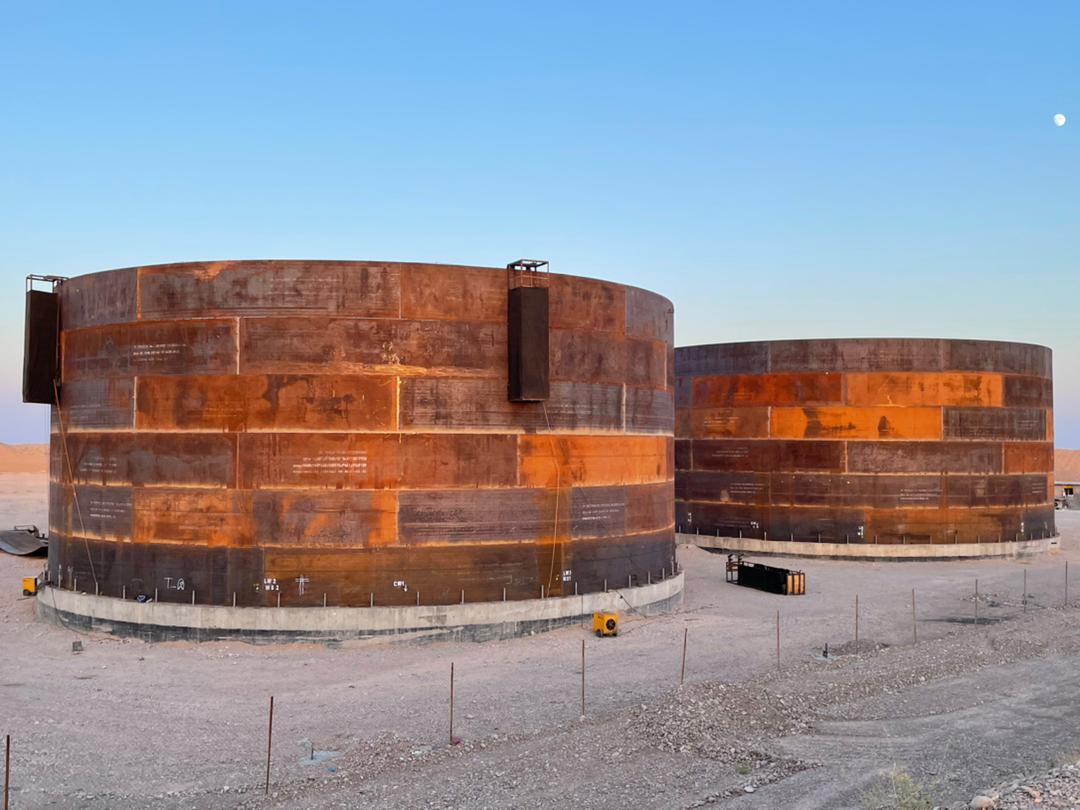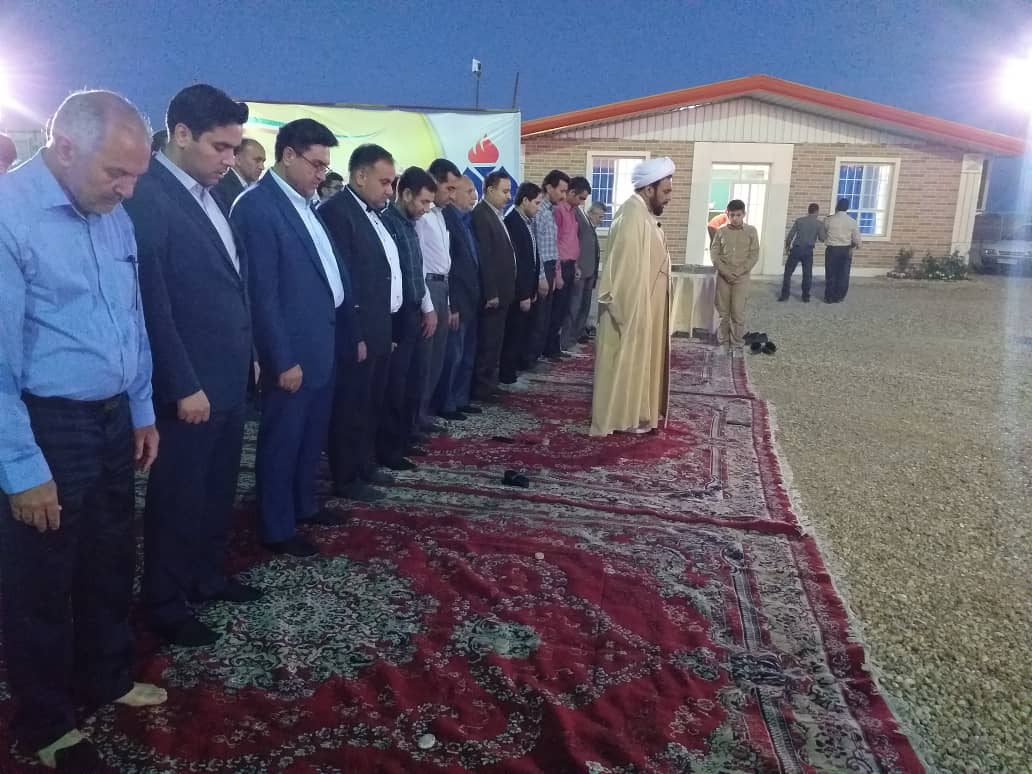One of the important and fundamental units in oil, gas and petrochemical projects is product storage tanks, which can have different technical specifications according to the type of product. The structure and size of the storage tank depends on the nature of the material to be stored and the volume needed for storage. The most important variables that influence the choice of tank type are:
1- vapor pressure of substance or in other words volatility
If the vapor pressure of the substance is high, it should be stored in the tank under pressure, otherwise, the substance can be stored in the low pressure tank.
2- The toxicity of the substance
If the stored substance is toxic, it should be stored in tanks that minimize the risk of leaking toxic substances.
3- Flammability of the substance (flash point)
Ignition point is the lowest temperature at which combustible vapor is produced from the substance. The higher the ignition point of the substance, the more combustible steam is produced at a higher temperature; For example, the ignition point of gasoline is about 42 degrees Celsius, therefore, gasoline has combustible vapors at normal temperature. While the ignition point of diesel is about 120 degrees Celsius. The higher the ignition point, the easier it is to store the material and the less dangerous it is.
Tanks are usually according to existing standards such as BS, DIN, VIII Sec. ASME and S API650 and API620 are made and produced. Tanks have three types of pressure, i.e. tanks with atmospheric pressure and low-pressure tanks, meaning from 5.0 pounds per square inch to 15 pounds per square inch, and pressure tanks from 15 pounds per square inch or above.










